About a Historian Model
- Object Types
- Contained Types
- Object Instances
- Variables
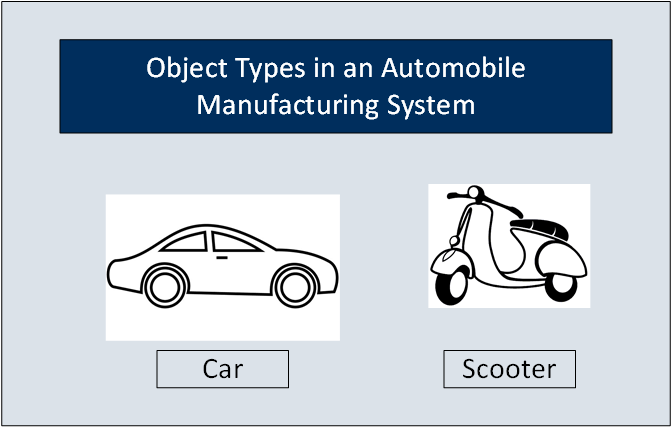
- Petrol
- Diesel
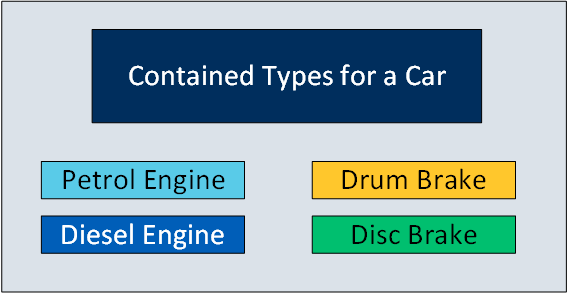
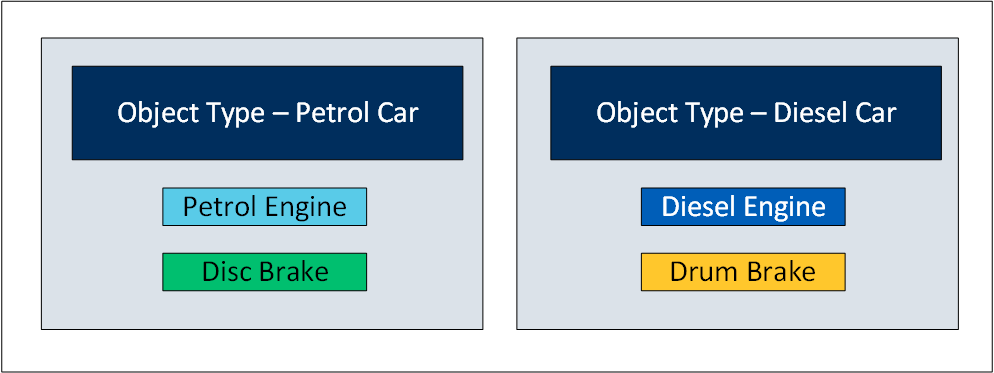
You can include multiple contained types in a single object instance. In addition, you can include a single contained type in multiple object instances.
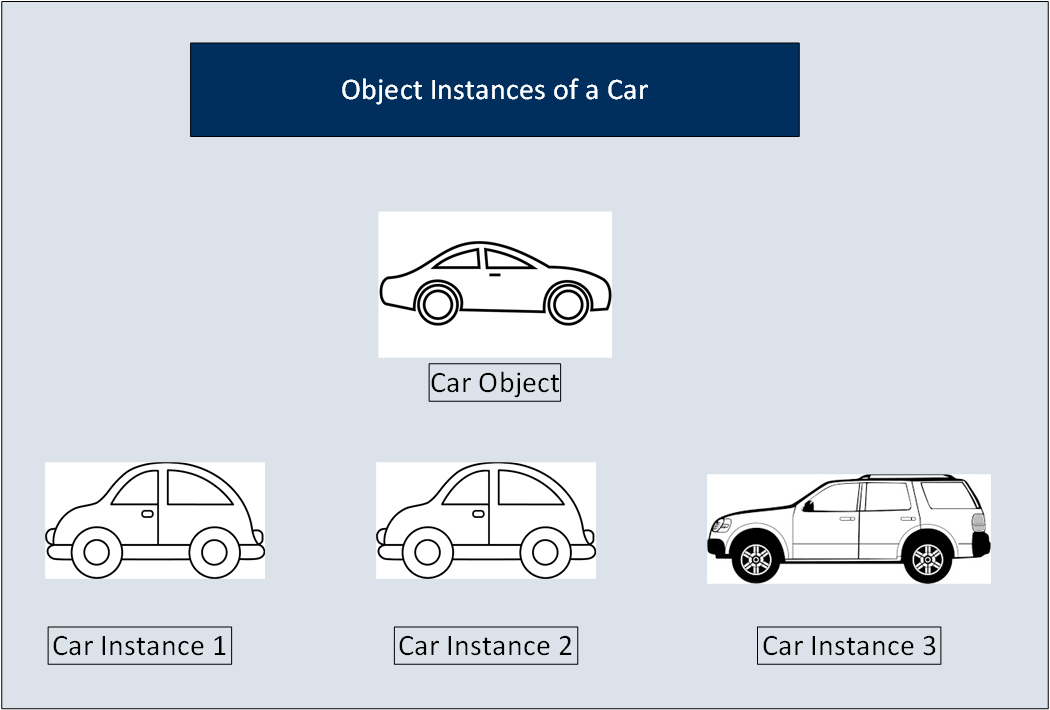
An object instance is specific to a Historian system. An object type, however, is not associated with a system.
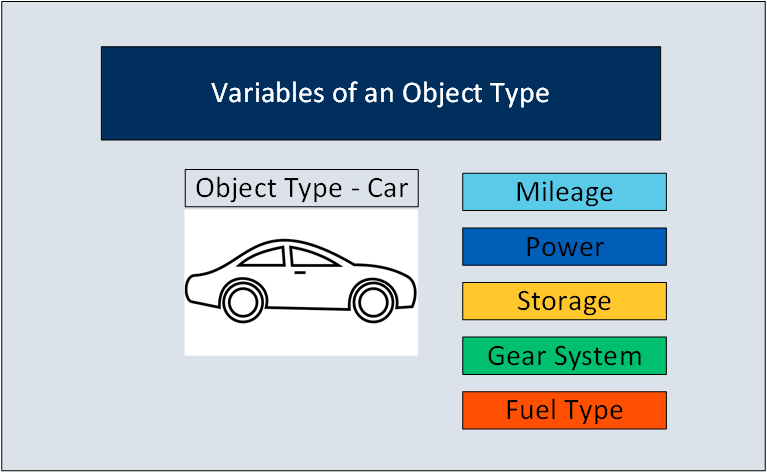
When you create instances of an object type, by default, the variables in the object type are inherited to all the instance as well. You can choose to include or exclude one or more of these variables for each instance.
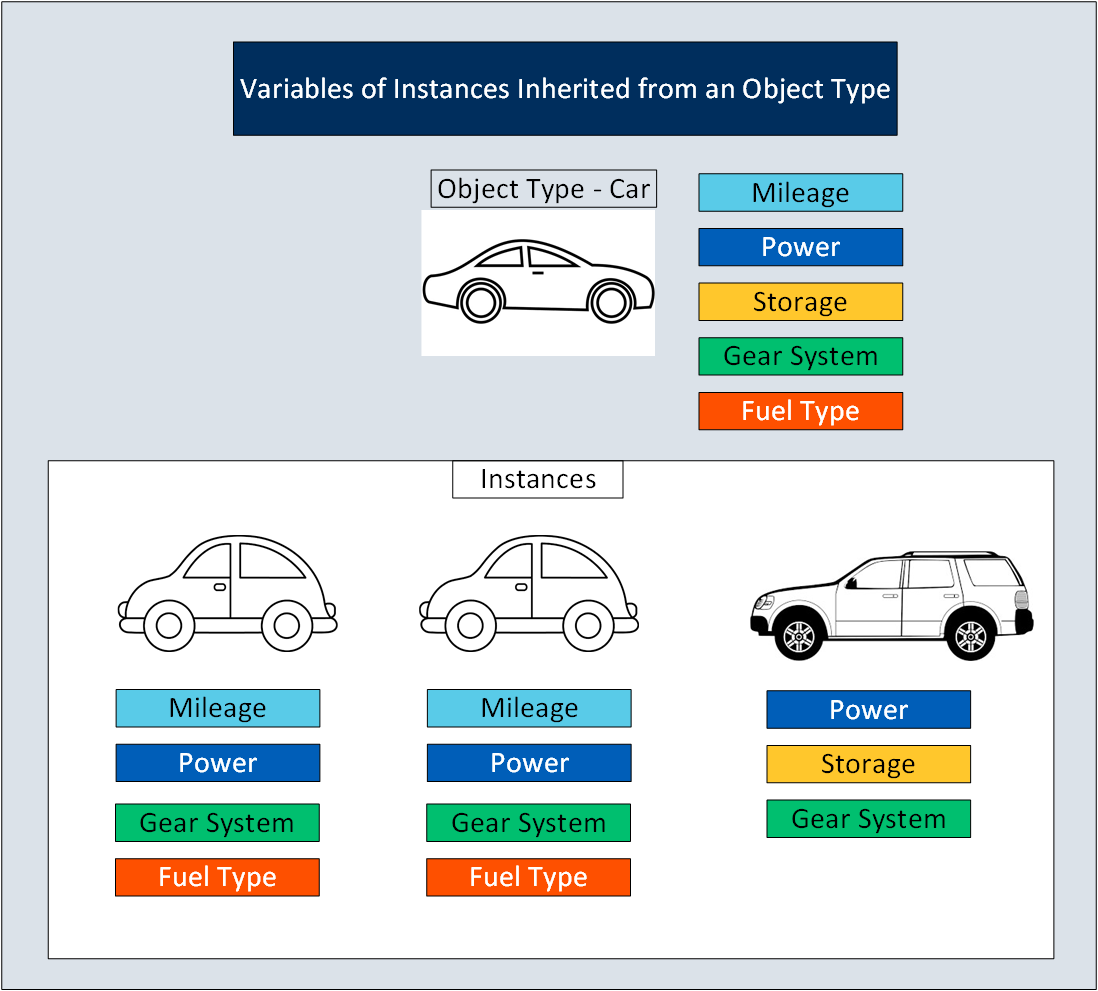
If an object type contains contained types, the variables in the contained types are inherited as well.
After you create an object instance, you must store the values of each variable of the instance. To do so, you must map each variable with a Historian tag or create one, depending on the type of the variable.
- Direct: Tags for these variables are created in Historian when you select a collector instance. For instructions on collecting data for these types of tags, refer to Collect Data for a Direct Variable.
- Indirect: These variables are mapped with existing Historian tags. For instructions on collecting data for these types of tags, refer to Collect Data for an Indirect Variable.
- Static: These variables have a static value, which you provide when you create an object instance. For instructions on providing data for these types of tags, refer to Provide Data for a Static Variable.
- An OPC UA model is not supported.
- If using an iFIX model on the same machine, you cannot use a Historian model.
- If the name of a tag associated with a variable in a model contains a period (.), you cannot import the tag while importing the model into a Historian system.